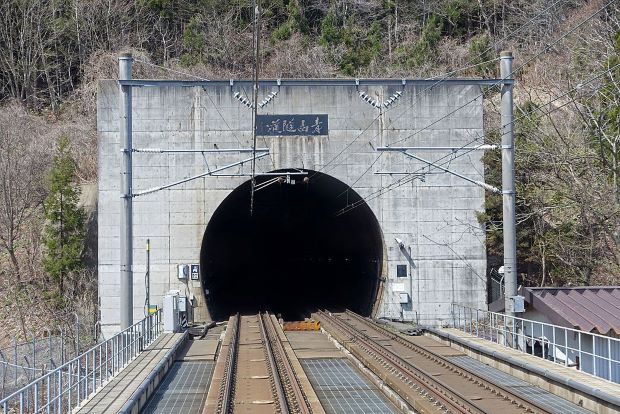March 13 in History
1988 – The Seikan Tunnel, the longest tunnel in the world with an undersea segment, opens between Aomori and Hakodate, Japan
The Seikan Tunnel is a 53.85 km (33.46 mi) dual-gauge railway tunnel in Japan, with a 23.3 km (14.5 mi) portion under the seabed of the Tsugaru Strait, which separates Aomori Prefecture on the main Japanese island of Honshu from the northern island of Hokkaido. The track level is about 100 m (330 ft) below the seabed and 240 m (790 ft) below sea level. The tunnel is part of the standard-gauge Hokkaido Shinkansen and the narrow-gauge Kaikyō Line of the Hokkaido Railway Company (JR Hokkaido)’s Tsugaru-Kaikyō Line. The name Seikan comes from combining the on’yomi readings of the first characters of Aomori, the nearest major city on the Honshu side of the strait, and Hakodate, the nearest major city on the Hokkaido side.
The Seikan Tunnel is the world’s longest undersea tunnel by overall length (the Channel Tunnel, while shorter, has a longer undersea segment). It is also the second-deepest transport tunnel below the sea level after the Ryfylke Tunnel, a road tunnel in Norway which opened in 2019, and the second longest main-line railway tunnel after the Gotthard Base Tunnel in Switzerland, opened in 2016.
-Wikipedia
Photo Caption – Entrance to the tunnel from Honshu side. The dual gauge tracks are visible/Wikipedia



Comments are closed, but trackbacks and pingbacks are open.